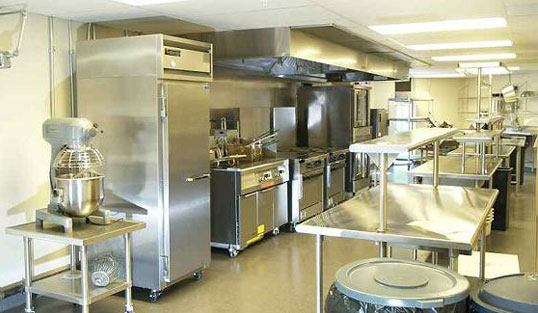Food containers have developed over the past 20 years in congruence with the development of food shipping containers in order to maintain fruits and vegetables, meat and other perishables shelf life. With the growth of the luxury grocery market in the European Union, North America and other pockets of wealth, international shipping of fruits and vegetables have required better cooling, shipping and packaging technology to prolong the shelf life of vulnerable and perishable goods.
Shelf Life
Shelf life refers to the length of time that foodstuffs, commodities or other perishable items may be stored before becoming spoiled or unfit for consumption. This often referred to as the best before, use by or freshness date in different regions. The shelf life does not refer to the quality of the food but rather the time it takes for it to become unfit for human consumption. Most grocery outlets employ both a best before date relating to an items quality and an expiry date which commonly refers to its shelf life date.
Factors of Shelf Life
There are several factors that affect an items shelf life and it is different depending on the item in question and how well the contributing factors to decomposition are managed. Exposure to light and heat are generally accepted as the largest contributing factors to the expiry of foodstuffs, especially fruits and vegetables. However other factors include the transmission of gases and their ventilation away from the produce as well as physical stresses and lastly contamination from external bacteria or micro-organisms. The shelf life of foodstuffs is modeled around mathematical parameters that include chemical composition, temperature and packaging. Yet these are only models and because of the natural make up many products it is an estimate at best. Bacterial contaminants found within the food source can often if led for extended periods can spoil the food without further contamination.
Extending Shelf Life
Proper packaging and temperature control are the largest single environmental controls that can extend shelf life. An estimation for the processes for chemical breakdown double with every 10 degree Celsius increase in temperature. Conversely with a decrease in temperature a resulting slowing of the chemical degradation processes is achieved. This is because the activation barrier for chemical breakdown is slowed and achieves a much slower start to the process. If produce is quickly chilled upon harvest and maintained at the proper temperature, a much longer shelf life can be achieved.
Moisture from condensation is another aspect that can increase the degradation of plants including fruits and vegetables. If proper low moisture conducting materials are used in packaging a gain in shelf life can be introduced. Desiccants can also be used to absorb extra moisture in packaging and to maintain proper humidity levels. The use of modified atmospheres can also extend the shelf life of most produce, which can be achieved in most cold chains through proper use of cold storage containers.
Food containers with proper refrigeration mechanisms in the proper use of a cold chain can effectively lengthen shelf life. Establish a cold chain with the proper temperature control and packaging controls listed here and enjoy a product shelf life that is longer than your competitions.













Comments are closed.